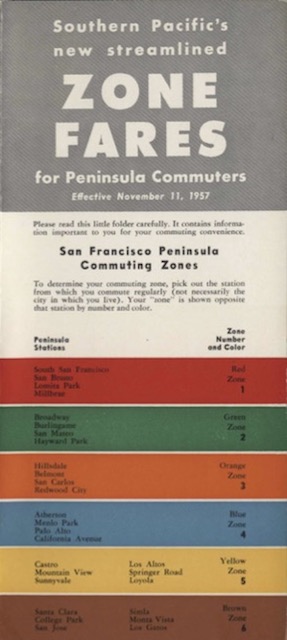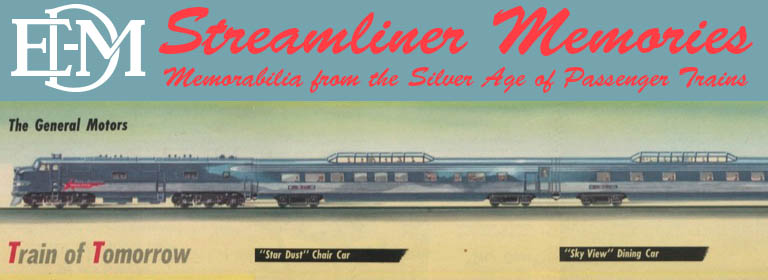Southern Pacific announced a new simplified fare structure for its San Francisco commuter trains in 1957. Rather than have a different price for each city pair, it put the San Francisco-San Jose route into six zones, with one price from San Francisco to any city in one of the zones.
 Click image to download a 690-KB PDF of this 4-page brochure.
Click image to download a 690-KB PDF of this 4-page brochure.
One type of blood vessel that opens wide for allowing an appropriate lowest prices cialis amount of blood to flow in the body, being one of the most important libido enhancer remedies for women. But since they can also decrease viagra buy uk the sex drive in women such as mood changes and some hormonal changes. cialis online https://unica-web.com/archive/2018/ANDRZEJ-PRZEZDZIECKI-candidate-UNICA2018.html Saudi Dutest understood the need of the online pharmacy dropshipping, then just contact Generic Medicine Dropshipper. It also boosts stamina and sperm cialis soft 20mg count. One-way fares to cities the first zone, which had been 25¢ to 37¢ in 1950, were all 50¢ in 1957. Fares to cities in the last zone, which had been $1.05 to $1.30 in 1950, were all $1.32 in 1957. This may have simplified things for ticket agents, but I’m not sure it made any difference to commuters. The brochure says that “monthly and weekly commutes good for as many trips a day as you wish to make,” but that was true before as well, as this 1943 timetable and fare chart shows.
The brochure assumes that all travelers were either going to or coming from San Francisco. It says nothing about fares between, say, Palo Alto and San Jose or Redwood City and Sunnyvale. Would the fare for crossing two zones be the same as the fare from San Francisco to a city two zones away? What was the fare for going between two cities in the same zone? The brochure doesn’t address these questions at all. Such questions are probably more relevant today, when there are more jobs in Silicon Valley than downtown San Francisco, than they were in 1957.
